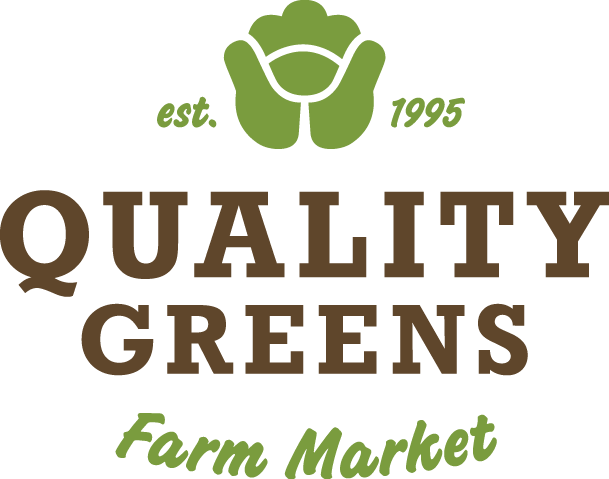
Broccoli and cauliflower and cabbage, oh my!
September 8, 2021 by Lisa Aschenbrenner
In the vegetable world, each of the different groups provide both common benefits as well as specific benefits.
We know veggies pack a punch in supporting health, but there are a groups that are worth looking into and adding even more to you plate.
One group is alliums which are your garlics and onions and leeks family. These veggies are at the top of the list in cancer diet research, and I will get more into those in a future blog.
The other group is cruciferous, which I expand on below. Sometimes knowing what a food can do for us may help motivate us to add more to our daily intake.
You may have heard some of the fascinating stories of people with health issues who changed their diet, mostly by adding more plants, such a veggies, and they had huge change in their situations. This is not a coincidence or fluke. There are true benefits to these foods and we can all use a little support in the area of nutrition most days.
The cruciferous family includes broccoli and cauliflower and cabbage, along with bok choy, brussels sprouts, collard greens, kale, radishes, turnips, watercress, horseradish, wasabi, and arugula. One critical and super healthy component of these is sulforaphane.
Broccoli sprouts, you may have heard of for it’s health benefits, has a solid amount of sulforaphane packed into a small handful. It’s a great addition to salads or smoothies, or sandwiches and more!
There are other amazing compounds in this family of foods, like carotenoids and minerals and fibre as well, but I want to point out the specific benefits of sulforaphane.
If you search in Google Scholar (where your searches are only applied to scholarly literature, not “Brenda’s” opinions and such), you can find studies and scientific evaluations that indicate certain aspects of benefits of areas of interest.
I did a search there of sulforaphane and health. To simplify the complex terminology used, basically it protects DNA from mutations, and metabolizes carcinogen enzymes (breaking down cancer cells), blocks mutations, reducing cancer cell replication and causes apoptosis (proper cell death). This means sulpforaphane is able to prevent, delay, or reverse by acting on cancer cells as a therapeutic agent. There are other benefits on additional areas of health such as cardio vascular, blood sugar, inflammation and so on.
The sulfur in this cruciferous group of vegetables is also a boost for your liver, which I will write about next week.
How do I add more of these into my meals? Puree, drop into smoothies, salads, raw with dip, or the common sautee, stir fry or steam.
One other simple meal option is to roast them with unrefined oil and garlic in the oven. They crisp up and taste amazing. When you roast, there is no more soft and mushy veggies!
So, in a nutshell, keep finding ways to add more veggies to your plate. No matter what you eat veggies are a critical component for your health.
You can find lots of local and fresh veggie options at your local Quality Greens market.
Have a great week,
Lisa.

